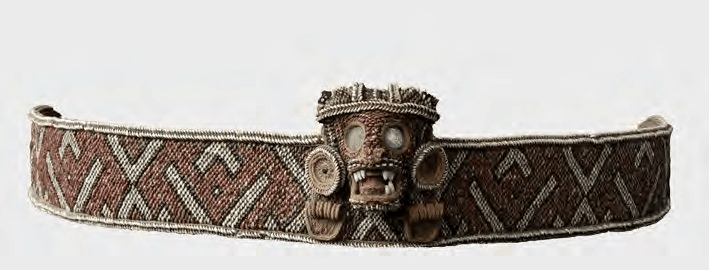Since the history of the indigenous peoples of Peru obviously did not end with the Spanish conquest, we recently read a general history of Peru to refresh and expand our familiarity with colonial and postcolonial Peru. Christine Hunefeldt's A Brief History of Peru is a good place to start for this. Relatively short, containing ample photographs, charts, and tables, and providing a synthesized overview of Peruvian history that endeavors to encompass social, economic and political history, she largely succeeds in capturing the depth, contradictions and contours in the storied annals of Peru. Sadly, like so many general histories of this nature, more than half of the book covers the 19th and 20th centuries, ending with the presidency of Toledo.
Two short chapters suffice to cover ancient Peru and the Inca, and then 4 subsequent chapters cover the colonial period. This is to be expected, particularly in the case of authors who specialize on colonial and modern Peru, which obviously benefits from ample documentation. As one would expect of a survey history such as this, several recurring themes of social/racial division, colonial legacies, the exploitation of Indian or indigenous labor, and the coast/Lima versus the highlands are major dynamics that reverberate throughout Peru's history. Indigenous people perceived as exploited labor through tribute, the hacienda system, and the ongoing question of how to develop Peru with its rich natural and mineral resources. From Potosi to later mining operations, or the relation of the colonial and postcolonial state to indigenous groups in the highlands or Amazon, these questions are never truly resolved adequately justly. Peru's economic history, nonetheless, presents a fascinating case of lost opportunities and passing moments of wealth, at least compared with much of Latin America. Yet throughout the narrative, much of this wealth was lost through an export-oriented economy that was insufficiently liked to the internal markets, squandered by government waste or inefficiency, used for external debts, or too dependent on raw materials with price fluctuations on the global market.
Of course, as a brief survey cannot cover all topics fully, we will have to continue reading other books on specific periods or eras of Peruvian. Topics such as colonial Peru's mining economy or the history of slavery and textile mills, for instance, are fascinating topics. The years of the guano boom or the agrarian reform of Velasco in the 20th century are additional topics or periods we would like to explore. Naturally, our interests are still mainly in the precolonial and colonial era, and we need to thoroughly familiarize ourselves with the historiography on that period. Last, it may be interesting to explore the relations between Peru's highlands and coast with the Amazonian region across the precolonial, colonial and postcolonial eras.

No comments:
Post a Comment